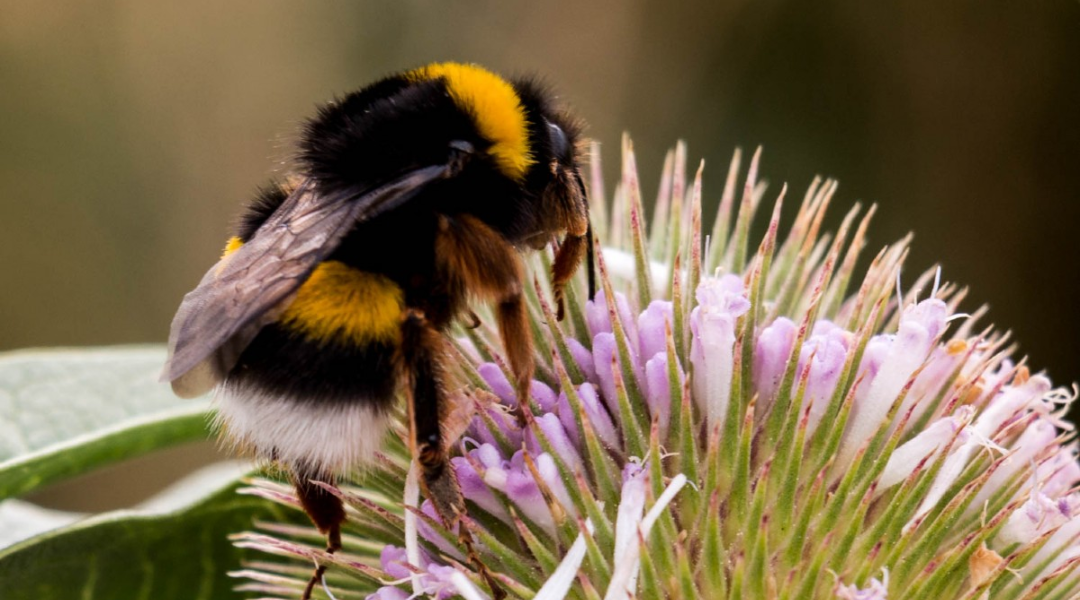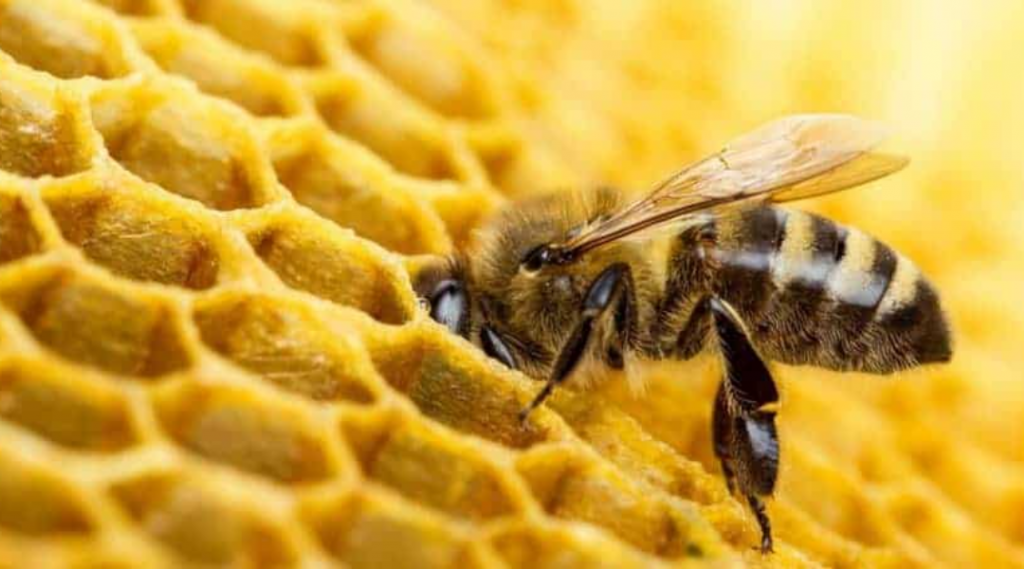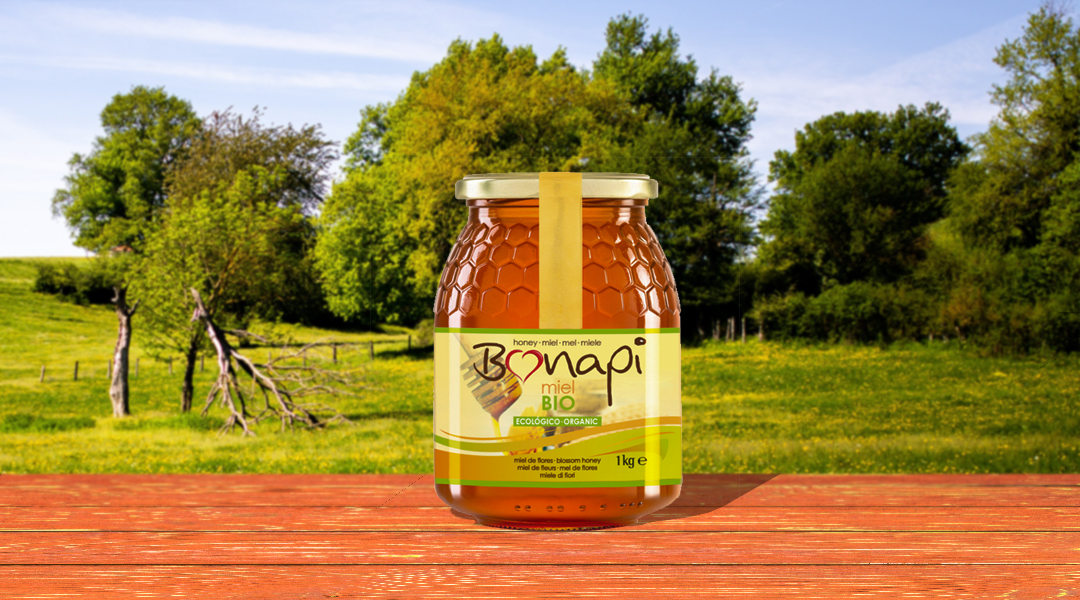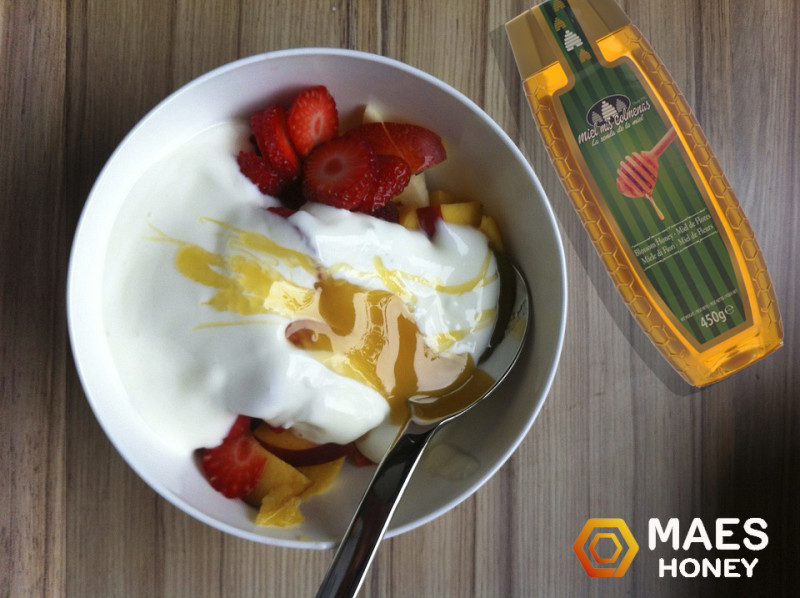The most well-known and sold honey in the world by beekeepers is none other than the honey of a thousand flowers. This highly acclaimed variety, coming from the work of bees, receives multiple names, and sometimes we think that they are different types of honey. Thousand flower honey is also called milflores, flower honey, polyfloral or multifloral.
What is the honey of a thousand flowers, thousand flowers, 1000 flowers, polyfloral or multifloral?
To provide a definition of our flagship product, we can say that flower honey is that variety made by bees from the nectar of the flowers of various plant species. The number of these plant species is at least two, with no predominance of any pollen form over any of the others.
Differences between monofloral honey and thousand flower honey
A variety that is different from thousand flower honey is monofloral honey. The question then is: what is the difference between the type of honey in question?
The compositional origin of monofloral honey in terms of plant species corresponds to a single flower species. This does not mean that this type of honey does not include nectar from any other type of plant or flower, since being a product made by animals, this would be almost impossible. However, one plant species predominates over any other, which makes this variety have a different and recognizable flavor, being able to characterize and distinguish it.
Some types of monofloral honeys are:
- Orange or orange blossom honey
- Acacia honey
- Rosemary honey
- Lavender honey
These are just a few examples, since we can find at least 300 varieties of monofloral honeys in the world.
How is honey from a thousand flowers made?
To make this multifloral honey, the bees follow the same production process as monofloral honey, but with the difference that in this case the final product is the result of the nectar that the bees collect from a multitude of different flowers
In order to know if a honey has been made with a single type of flower or with more than one, honey producers carry out a series of controls and analyzes to find out what percentage of flower each type of honey has. An important factor that depends on is the place where the hives are placed, as well as the type of blooms that abound in the area.
Therefore, given this great variety of flowers, the flavor of multifloral honey can vary considerably, since it will always depend on the flower nectar it contains, the time of year and the location in which it has been collected. . As a general rule, the honey that is harvested in spring tends to have a milder flavor, since it coincides with the rosemary flower and other similar species. For its part, the honeys that are harvested in summer, in the mountains, tend to be much stronger in flavor.
Does all honey made by bees come from flowers?
Contrary to popular belief, not all bee honey comes from flower nectar. There are varieties of honey that these little animals get from other parts of plant species. An example of this is oak or holm oak honey. The honey with this denomination comes from the sugars that the plants progressively ooze, then collected by the bees.
Another example is fir honey, made from honeydew. To define this substance we must first make a classification.
There are two main types of honeydew:
Honeyade of vegetable origin
As it happens with the previously mentioned oak or holm oak honey. As a result of a large amount of moisture in the soil and high temperatures, the plants generate so much sap that it oozes from different parts. In addition to oak or holm oak, cork oak, pine, lime, elm or willow are usually producers of honeydew, and can generate forest honey. It is very common to see, especially in summer, how the acorns secrete large amounts of honeydew in the form of foam that the bees later collect.
Honeyade of animal origin
These honeydews are made by small insects, such as aphids or psyllas, that feed on the sap of trees and plants. They consume large amounts of sap to take advantage of its protein and sugar content, and then excrete a part that accumulates on leaves and branches. These excretions, liquid or thick, contain a good part of the carbohydrates in the sap, which makes them very attractive to bees, which collect them and transform them into honey.
You may also be interested in:




